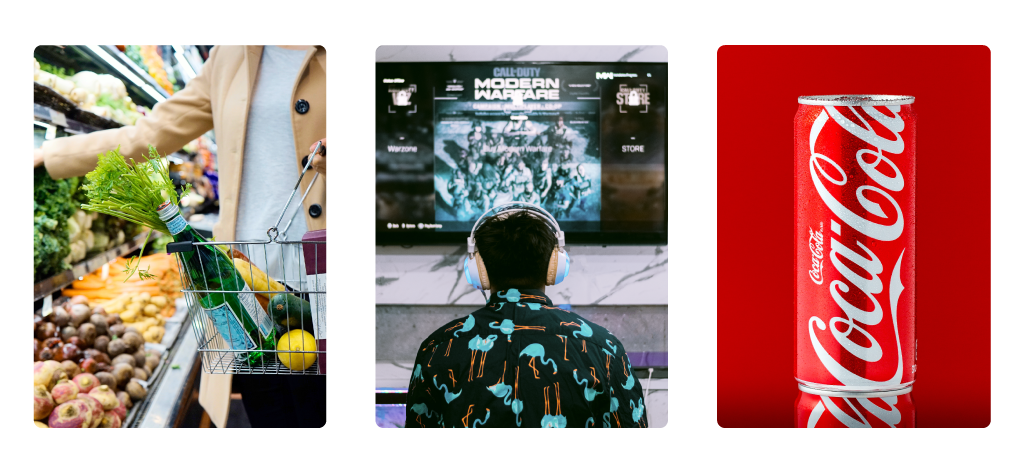by Lee Dussinger
As 2023 trundles along the mire of economic uncertainty, the economists estimate that an official economic downturn will be upon us soon. Inflation is still high and the Fed is still raising rates. As a marketer, this means your strategies must adapt for shallow consumer pockets and your own decreased marketing budgets. When formulating a recession marketing strategy that wins in uncertain economic times, it’s important to identify where you are now and what you can expect – and then start working to implement your ideas. One of the best ways to find your way, is to learn from those who’ve been here before and succeeded. To find inspiration, we’re breaking down recession marketing examples from the Great Recession of 2008!
Before we dive into the research, recommendations, and thought experiments, let’s establish a key tenet: marketing in a recession is even more challenging. However, a smart playbook, a strong brand, and a well-formulated plan can keep you afloat. In fact, if you invest precisely and execute well, you can even gain ground while other brands are forced to retreat. Let’s explore the fundamentals of the strategy, some market-tested examples – as well as the type of marketing spend investments that protect your market share now and build the foundation for future success.
Explore 3 Successful Recession Marketing Strategies
In a recession, reduced consumer spending slows growth for the vast majority of small businesses and enterprise companies alike. The worst thing to do about it is nothing. You can’t take your standard marketing plan and hope to apply it – sans changes – to the market conditions of a recession. Things will be different, and cost-effective optimization is needed. You’ll have less ad spend, you may be dealing with budget cuts. On the other hand, Whether this is a gold rush of potential for your business or a storm to be weathered, you need to expect change. Successfully marketing or advertising in a recession requires investigation and adaptation. Let’s find our footing by analyzing which markets are best set to survive and thrive. To give us real world insight for 2023, we’re exploring recession marketing examples from the Great Recession of 2008.
When looking at who does well at marketing during a recession, we’ve identified the 3 E’s – Essentials, Escapes, and Established Brands.
Essentials: Growth Remains Slow & Steady
Examples:
- Healthcare
- Groceries

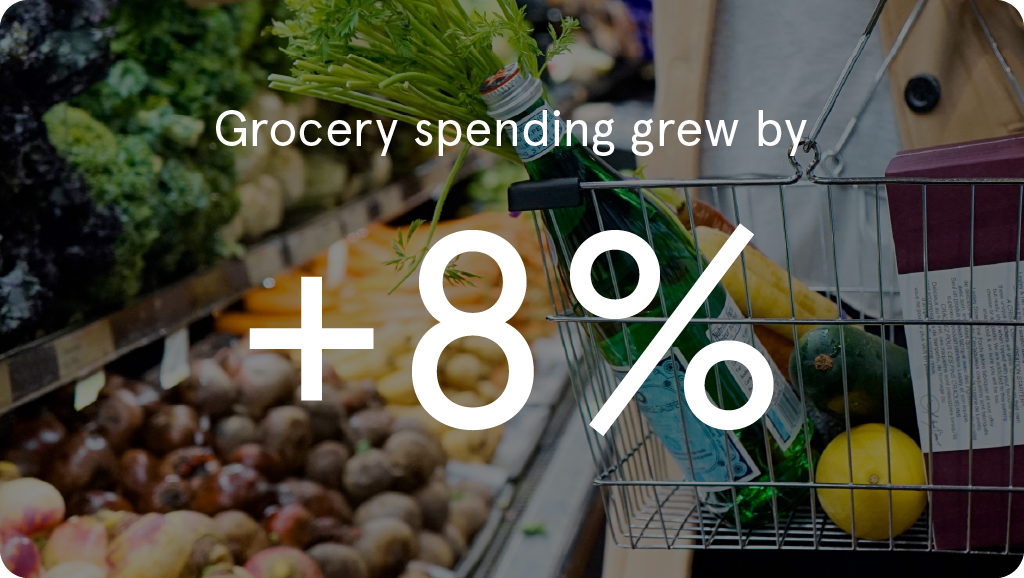
By definition, Essentials have demand…regardless of an economic slowdown. Your loyal customers still need you. Even with belts tightened, these sectors steadily chug along. As long as your brand keeps meeting customer needs, you’ll continue to be relevant. The worst case scenario for these industries often looks like slower than average year-over-year growth. Healthcare is perhaps the ultimate example of a need – not a want. Thus, few sectors (if any) are better primed to maintain a consistent message and weather a recession with ease.
For grocery stores, the money that is not being spent on restaurants and takeout is their victory. Grocery brands advertising in a recession find success rolling out messaging that highlights value and quality. One of our favorite recession case studies is when Target debuted the tagline, “Expect More, Pay Less” – and subsequently saw 30% growth of their Archer Farms grocery line. Discover how Target creates a cohesive brand experience. This enabled Target to speak directly to the pain points of a newly price sensitive customer base. In fact, it’s not impossible to pick up new customers with value oriented messaging.
Takeaway: If you’re guiding a brand that qualifies as an Essential, this period will still feel turbulent. You have work to do building a recession marketing strategy that gains with your target audience, but you have a head start.
Escape Industries: Ready to Take Advantage
Examples:
- Alcohol
- Candy
- Entertainment
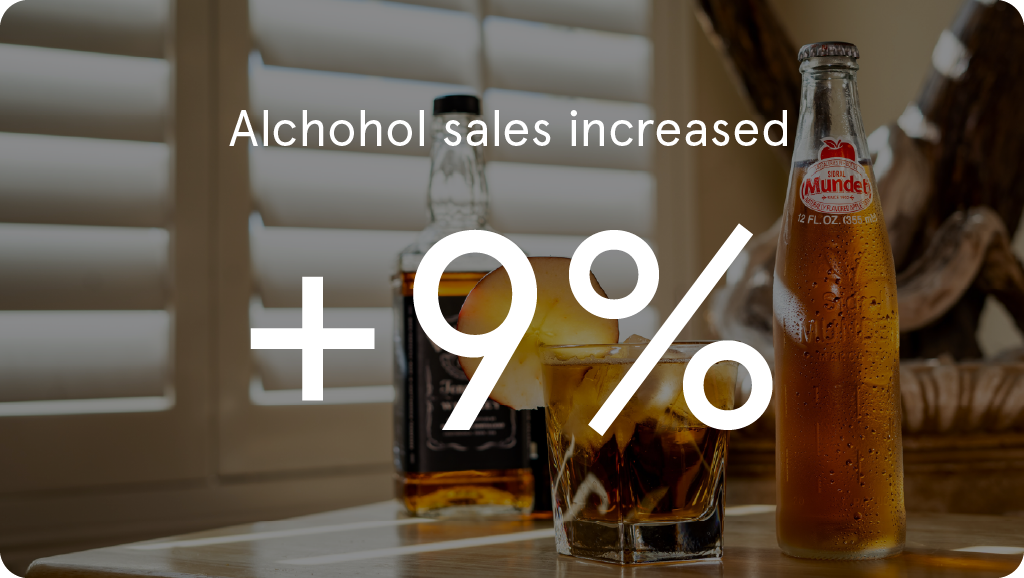
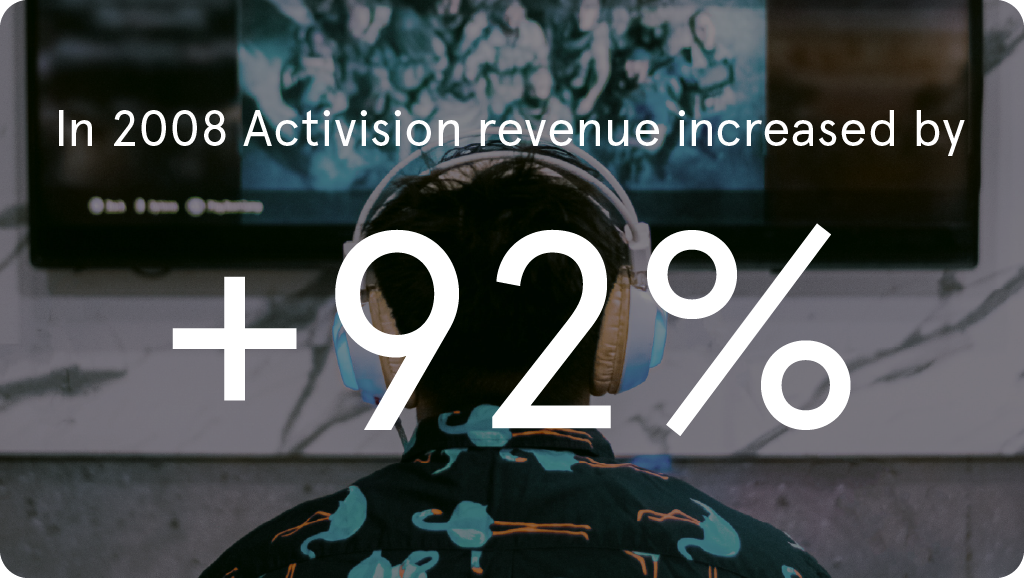
Financial hardship brings stress – in a recession, agonizing over finances becomes the norm. Getting a break from it all is more welcome than ever. It may sound simple – but statistics from the last recession prove it – Americans will pay to take a breather from their stress. Those diversions can look like a gin and tonic after dinner, a candy bar, delving into a fictional universe, or countless other forms of escapism. While these sectors share little in common traditionally, they are often connected during conversations on marketing in a recession as the are influenced by the same spending habits.
The growth of “escapism” is less the result of deliberate advertising spending and more a case of outward forces guiding consumer behavior. The growth trajectory can resemble a medium-sized bump compared to average trends. Of course, sometimes the increase can be meteoric, as was the case with Activision’s 2008 growth. Desire for escapism certainly contributed to the game developer’s performance – not to mention the releases of two best-selling titles: Guitar Hero 3 and Call of Duty: Modern Warfare! Plus, just think about how well escape industries performed during the recent 2020 pandemic.
Takeaway: If you’re in one of these Escape industries – and your brand message resonates with your audience – a recession can usher in a period of opportunity, provided you have the right marketing plan.
Established Brands: Able to Survive Any Challenge
Example:
- Coca-Cola
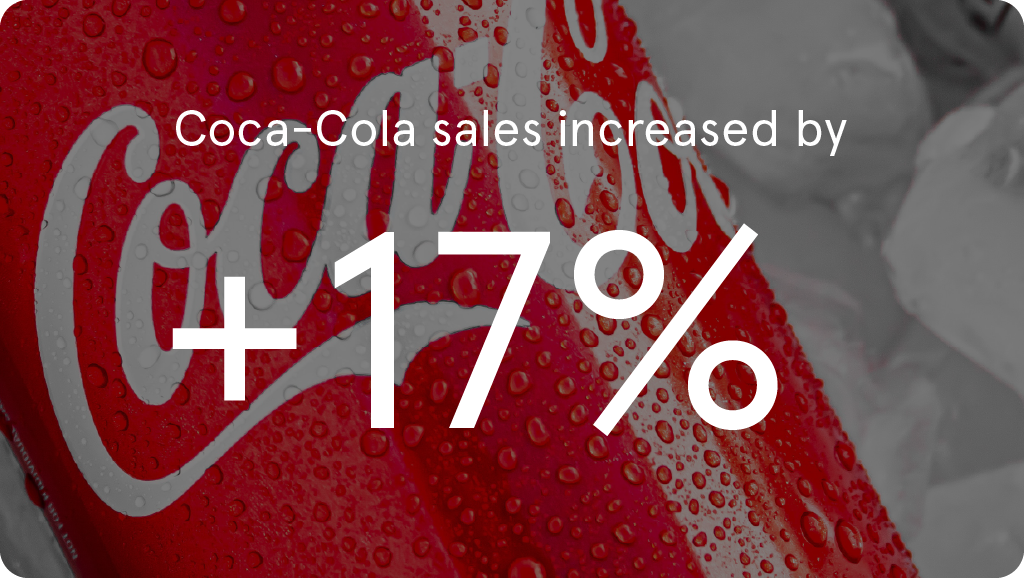
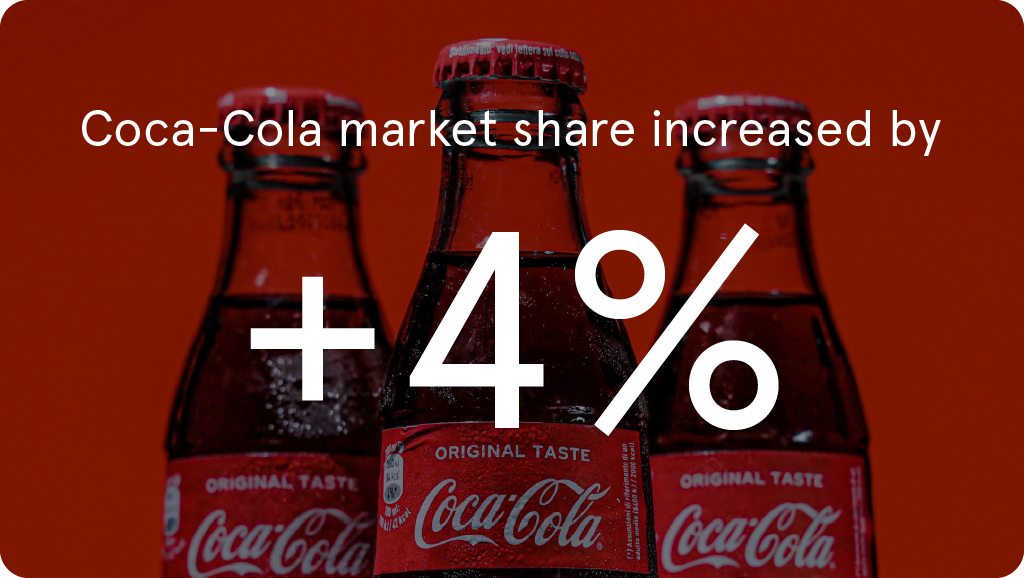
Brand awareness is always a winning strategy. Times may be tight, but a beloved brand still holds enormous sway. While Essentials come first and Escapes take on new prominence for many, the brands people love never leave. When consumers have less money, they spend where they feel an emotional connection. That’s what a brand is – a company’s beliefs, visions, imagery, and the way it makes people feel. There are countless cases, but let’s consider the example of Coca-Cola during the last recession.
Soft drinks are the definition of a want, not a need. However, more bottles and cans of Coke were consumed in 2009 than any other year in history up to that point. Why? Because, backed by their Open Happiness marketing campaign, the Coca-Cola brand represented joy. That was something people wanted more than ever. Americans bought more Coca-Cola that year and throughout the recession for the same reason they bought it every year – because the brand spoke to them. It was more than carbonated water, sugar, caramel coloring, and caffeine – it was happiness.
Challenging economic times didn’t change customer spending habits enough that they would stop reaching for a Coke. The customer experience with the brand was more than enough to keep Coke afloat.
Takeaway: For a plurality of businesses, the most potent recession marketing strategy is to have – or to build – a brand that means something personal.
When Marketing in a Recession, Bet on Brand
Though they are enviable in a looming downturn, Escapes and Essentials only represent a minor fraction of businesses. The overwhelming majority of companies don’t occupy those spaces and never will. Don’t despair, though, because almost any business can craft a brand that inspires their target audience – beyond just what their product offers them. If you have a strong identity, brand marketing in a recession can pay huge dividends.
So, is that where you are? Do target customers know your values and vision? Does your brand resonat, beyond the simple transaction?
Adjusting your marketing during a recession is the perfect opportunity to invest in brand building like never before. Here are 5 reasons why an economic downturn can be the ideal inception point for companies that have left brand on the back burner:
- More Room for Your Brand – While marketing thought leaders advise against slashing marketing budgets to save short-term capital, it happens without fail. Across most sectors and platforms, paid and organic advertising in a recession decreases. A result of marketing budget cuts, that’s to your benefit because there is more room than ever for your brand story. If your competitors back off, you can seize their space – for a reduced investment. On paid platforms, count on a discount on your cost for impressions AND fewer competitors taking up room. In the content space and on social media channels, you can expect less noise competing for audience attention as other marketing departments may be trimmed. This also might be the time to consider brand new marketing channels.
- Your Target Customers are Paying Attention – Coupled with this relative marketing drought, people are more apt to receive your message. Think about the beginning months of pandemic lockdowns – Americans spent less money and less time outside the home. Media filled the entertainment void. You can expect a similar experience during a widespread financial slowdown. Before, dinner, drinks, and events were the primary source of entertainment. Now, cheaper alternatives in the form of streaming platforms and scrolling on social media take center stage. The right marketing strategy during a recession will take advantage of this. Plus new products you release will have much more ready attention.
- Doing More with Less – Although scaling back marketing in a major way is a mistake, doing more with less is a maxim to follow. When pursued properly, that often looks like fewer campaigns and reduced focus on performance marketing campaigns. Performance marketing is most successful during a period of high consumer spending (with comparably high ad spend). So, rather than paying a premium to directly acquire single customers (who are more elusive), you can invest in creating a rich brand experience. An example of this, working in real-time is Airbnb. With an expanded focus on brand marketing, their 2022 Q3 report showed their strongest quarter ever! Bottom line: just because marketing spend is less doesn’t mean your results have to be.
- Brand Works Now and Later – Redirecting focus from strictly performance campaigns is smart tactics. Rather than paying to acquire a one-time interaction, you invest in a foundation for the future. That doesn’t mean that you sacrifice the present, however. Consider that perfectly-timed brand messaging enabled Coca-Cola to sell more soda than at any point in human history during the Great Recession. Build brand awareness now, and benefit later. This makes brand marketing one of the most cost-effective types of marketing.
- Great time for Digital Marketing – From search engine optimization (SEO) to working with social influencers, digital marketing consists of a variety of disciplines. However, these are traditionally among the most cost-effective options for a marketing plan. SEO enables your business to go after search engine rankings for keywords important to your brand and business. Compared money into digital advertising spending, SEO enables you to earn rankings in a fairly low-cast way. In addition, One of the major advantages of digital marketing in tight times are that the availability of metrics makes it easy to understand what’s working.
Align Your Marketing with Opal
The reason that we at Opal place such a focus on brand marketing is that we have a front-row seat to its effectiveness. Leading international brands like Target, Activision, Microsoft, Rothy’s Starbucks, and countless others trust the Opal Platform to plan and visualize their marketing initiatives. If you’re considering a focus on brand marketing in a recession, this may be the right time to adopt strategies from these leading brands and discover why they rely on Opal. Whether you want to plan digital marketing, traditional, or a combo of the two, Opal is the platform.
Opal is the marketing planning platform built for marketers. What sets Opal apart from other organization tools is the focus on experiencing your brand through the eyes of your audience. In practice, that means your entire team has the opportunity to see and collaborate on true-to-life content previews. Your team will work more efficiently, collaborate better, and never let off-brand messaging reach your audience.
Explore the Opal platform even more right here – and even request a free 30 day trial.

